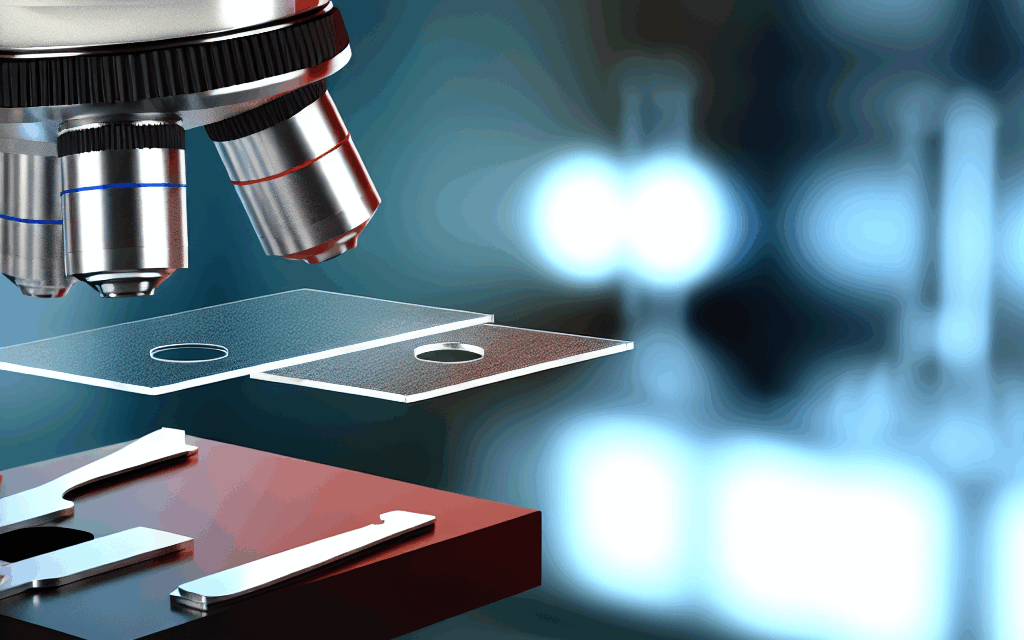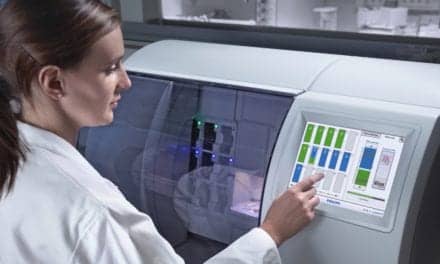Summary
As clinical laboratories seek ways to reduce costs and minimize breakage, the transition from glass to plastic microscope slides is gaining attention. This shift presents both opportunities and challenges, particularly in high-throughput settings. This article explores the pros and cons of plastic slides, necessary adjustments to staining and mounting protocols, and the impact on imaging quality and storage longevity.
In recent years, clinical laboratories have been weighing the benefits of transitioning from traditional glass microscope slides to plastic alternatives. While glass slides have long been the standard, the advent of plastic slides offers potential advantages, particularly in environments where high throughput and cost efficiency are prioritized.
One of the main advantages of plastic slides is their durability. Unlike glass, plastic slides are less prone to breakage, reducing the risk of sample loss during handling. This durability can lead to cost savings over time, as fewer slides need to be replaced due to accidental breakage. Additionally, plastic slides are lighter, making them easier to transport and handle in busy laboratory settings.
However, plastic slides also present challenges. Glass slides offer superior optical clarity, which is crucial for accurate imaging in histology and cytology. The refractive index of glass is closer to that of the immersion oil used in microscopy, providing a clearer image. While advancements in plastic technology have improved clarity, some technicians may still notice a difference in image quality.
The environmental impact is another consideration. Glass is recyclable, whereas plastic slides may contribute to increased plastic waste. Laboratories must weigh these factors carefully, considering both immediate operational needs and long-term sustainability goals.
Adjusting Protocols and Assessing Impact
Transitioning to plastic slides requires adjustments to existing staining and mounting protocols. Since plastic surfaces can interact differently with stains, laboratories may need to modify their staining techniques to achieve consistent results. Some stains may require longer incubation times or different concentrations to adhere properly to plastic surfaces.
Mounting protocols may also need adjustment. The adhesive properties of plastic can differ from glass, potentially affecting the longevity and stability of mounted samples. Laboratories may need to experiment with different mounting media to ensure that samples remain securely attached to the slide.
In terms of imaging quality, laboratories must conduct thorough assessments to ensure that the switch to plastic slides does not compromise diagnostic accuracy. While modern plastic slides are designed to minimize optical distortion, variations can still occur. It is crucial for laboratories to validate their imaging processes, potentially recalibrating equipment to accommodate any differences in slide material.
Storage longevity is another factor to consider. Glass slides have a long history of reliable archival storage. The long-term stability of plastic slides is less well-documented, raising questions about their suitability for storing important samples over extended periods. Laboratories should evaluate their storage needs and consider potential implications for sample archiving.
Ultimately, the decision to adopt plastic slides should be guided by a comprehensive evaluation of the specific needs and priorities of each laboratory. While plastic slides offer certain advantages, the transition requires careful planning and adaptation to ensure that diagnostic accuracy and workflow efficiency are maintained.





